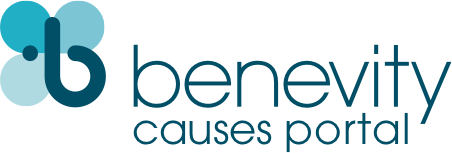COGNITIVE DANCE INSTITUTE
This organization has already been registered
Someone in your organization has already registered and setup an account. would you like to join their team?Profile owner : a*******r@c************e.o*g
Mission Statement
Researching, developing and applying tangible and simple techniques to improve cognitive and neurological agility, especially for the aging population and people suffering from neurological afflictions
About This Cause
There is plenty of research and evidence that dancing improves neurological and cognitive health. However, most of the research is of conventional dancing and movement and for a population that can perform these activities with ease as these people are relatively neurologically healthy, and marginally may not benefit as much compared to those who are neurologically impaired and rarely are in a position to be stimulated by dance and movement. Cognitive Dance Institute is mainly focused on the population who are very much in neurological decline and for whom a normal movement activity is beyond reach. We are developing techniques for each specific situation that would be appealing and achievable and would bring a dramatic improvement to the quality of life of such individuals. (For example, when a person cannot move their feet, dance techniques with hands are proposed.) We have been organizing exercise groups in Adult Medical Centers with individuals who are in wheelchairs, focusing on improvisational movements with hands, accompanied by music. The activities are provided by volunteers, with no charge from the individuals or the facilities. We have received very positive feedback from participants. They have observed that the movement activity contributes to their overall sense of well-being and makes them more aware of what they can do with their bodies (e.g., able to perform certain physical tasks with greater facility, with better coordination, with more strength, and ease). For some, the movement enables them to get in touch with feelings they are able to acknowledge and express through it. In the future, we are planning to deepen our research (e.g., examining different techniques and approaches for different types of patients, such as those with more severe vs less severe cognitive decline, those more physically vs cognitively impaired, etc.), not only from our own efforts and growing experience but also in collaboration with medical professionals, utilizing their expertise and fresh ideas. We are projecting a phase where we will reach out to medical professionals such as physiotherapists, occupational therapists, nurses, movement therapists, psychologists, neurologists, and general practitioners, to enlighten them on the uses of Cognitive Dance and how they might integrate it into their services. Our hope is that the simplicity of the techniques will ease the knowledge transfer process to medical professionals and caregivers. To help share our knowledge, we aim to create comprehensive audio-visual materials and manuals that will serve as valuable tools for educating medical professionals, caregivers, and the broader community about the benefits and protocols of Cognitive Dance. As we grow in understanding of the applications of Cognitive Dance, we intend to establish a network of volunteers to deploy the methods while running group activities and individual sessions at various centers.
